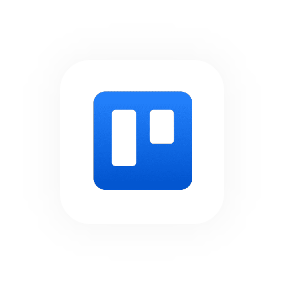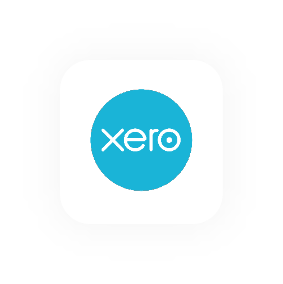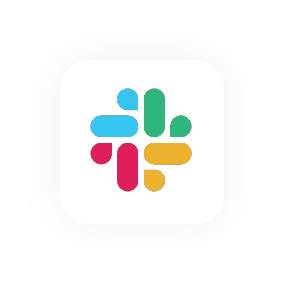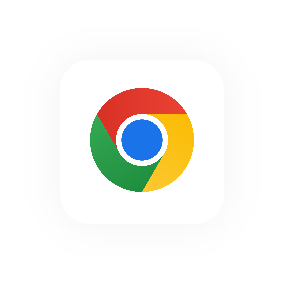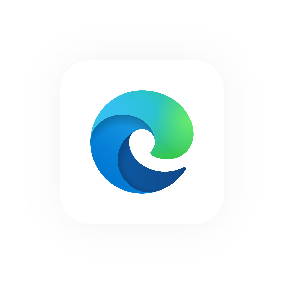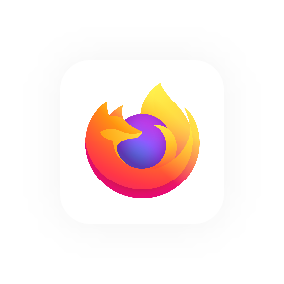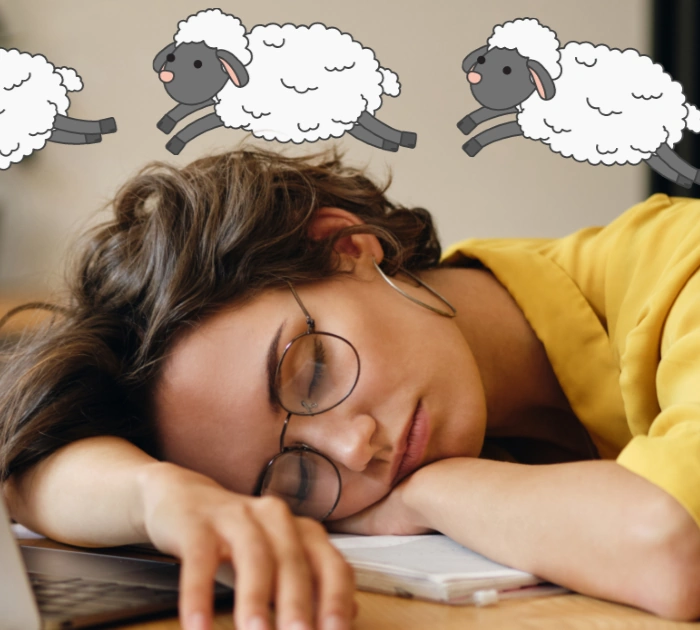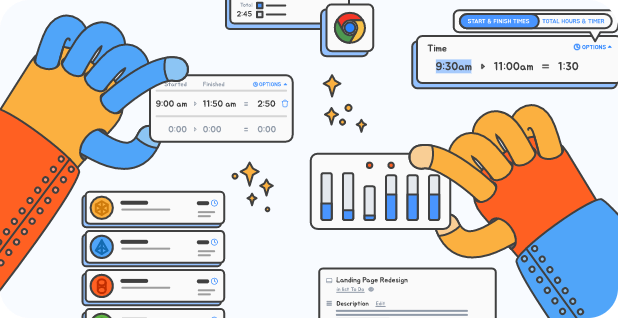Napping At Work
The Midday Power Nap: How Napping At Work Can Supercharge Your Workday
At first glance, napping at work sounds like the punch-line to an office joke: picture one guy with his head on the desk, drooling beside a stack of quarterly reports. Yet the benefits of a well-timed power nap are so striking that forward-thinking organizations - from tech start-ups to hospital wards - now treat daytime dozing as serious business. Considering we live in an age of chronic sleep deprivation, a strategic short nap becomes less a luxury than a competitive necessity.

Businesses that intentionally weave nap time into normal work hours report measurable gains in creativity, accuracy, safety, and morale. These gains appear because a micro-nap gently resets neural circuitry that has been battered by constant stimulus. Put simply, when employees are allowed to fall asleep for fifteen minutes in the early afternoon, they wake clearer, faster, and kinder.
The biology behind the snooze
Even a quick nap of 10-20 minutes ushers your body through non-rapid eye movement Stage N1 and lightly into Stage N2. That's just deep enough for the brain to prune irrelevant synaptic chatter while the limbic system flushes adenosine-the neurotransmitter that makes you feel tired. End the session before you cross the 30-minute mark, and you avoid the heavy fog known as sleep inertia.
During those minutes your anterior cingulate cortex consolidates emotional memory, while your hippocampus files new data for long-term storage. Blood flow redistributes toward the thalamus, rebooting attentional networks so you can return to your next meetings with heightened alertness. Hormones cooperate too: growth hormone surges, cortisol drops, and insulin sensitivity improves, setting you up for better energy utilisation across the remaining workday. Crucially, this biological tune-up happens faster than the time it takes some people to fetch another cup of caffeine-and it lasts longer. When NASA tested 26-minute cockpit naps, pilots' alertness jumped 54 percent and performance 34 percent.
Productivity, safety, and decision-making
The modern office is an attention minefield: constant pings, impromptu video calls, and stakeholder reviews nibble at mental bandwidth. Toss in a post-lunch glycogen slump and, for most people, productivity nosedives. After a nap, however, accuracy in code reviews rises, while response latency in customer support drops sharply. Airlines, guided by the same NASA data above, formalised “controlled cockpit napping” because reaction-time benefits persist several hours into a long-haul night flight.
High-stakes environments benefit even more. Studies of fatigued surgical residents show that strategic naps help cut prescription and procedural errors, underscoring the link between sleep and patient safety.
Warehouse supervisors note similar wins. Fatigue-related incidents peak around 3p.m. when line pickers grow sleepy and coordination falters. Implementing a brief nap window is one of several proven fatigue-management techniques recommended in occupational-health research.
Emotional intelligence and social climate
Cognitive metrics tell only half the story. Well-rested employees regulate emotion more effectively, experience lower amygdala activation, and report fewer interpersonal conflicts. At the Sandwell & West Birmingham NHS Trust in the UK, where EnergyPods were installed for shift staff, 81 percent of users said they felt more alert and better able to support colleagues after a 20-minute nap, according to a 2021 study published in Future Healthcare Journal.
Those gains translate into smoother collaboration, faster dispute resolution, and a culture where psychological safety can thrive. Scientists credit the limbic rebound: as the hypothalamus regains equilibrium it dials down excess norepinephrine, making social cues easier to read-in plain English, a nap keeps you from snapping.
Napping across professions
Many industries across the world are now using nap times to make their workplaces safer and more productive.
Nurses who slip into a bed in the break lounge between 2a.m. and 3a.m. cut intravenous-line complications by nearly a third, according to U.S. Centers for Disease Control and Prevention training materials on shift work.
Workers at Nike and Google HQs have formal “quiet rooms” and visor-pod zones where employees can lay down for a short nap during lunchtime or mid-afternoon.
A comprehensive fatigue-management programme at a mid-sized hazardous-materials trucking company cut driver-attention accidents from 1.29 to 0.50 per million miles after schedules were redesigned to include 20-minute berth naps in the dispatch warehouse.
Setting up the perfect nap space
Creating a space in your office for down time is easier than you think. Any unused storage closet can instantly morph into a recovery lounge. Start with a noise-blocking door, blackout curtains, and LED panels that brighten gently five minutes before waking. A zero-gravity chair is ideal, though an inflatable mattress on the floor works in a pinch. Just provide throw blankets and a sign reminding users to limit sessions to 20 minutes.
Lighting should shift from 3000 K warm tones at the start of nap time to 5000 K cool tones before finish. That simulated dawn cue nudges the autonomic nervous system to wake gradually, minimising grogginess. Post-nap, a splash of cool water or a brisk corridor walk helps dissipate residual sleep inertia.
Policy, culture, and change management
Introducing naps is technically easy, but culturally tricky. Leadership must frame the initiative as a performance enhancer, not a perk for the lazy. A concise policy should cover duration caps, approved breaks, and how the time is coded in payroll. Share pilot data showing accident reduction or sales lift; tangible numbers often persuade skeptics to get on board. Language matters, too-call the space a “recharge room,” not the “sleep cave.” In town-hall Q&As, the management team should emphasise that restorative rest plugs directly into KPIs: naps equal energy, and energy equals revenue.
Overcoming common objections
- Trouble nodding off? Even ten minutes of meditative breathing triggers parasympathetic dominance.
- Fear the nap will overrun a meeting? A digital booking tool sends auto-notifications to wake you when necessary.
- Hygiene worries? Disposable sheets and UV-C sterilisation handle that.
- Think it’s “soft”? The U.S. army now endorses tactical naps for soldiers on extended missions.
Experts also recommend the “nappuccino” or “coffee nap”: sip half a cup of caffeine, close your eyes immediately, and the stimulant kicks in just as you reopen them, multiplying restorative gains.
Measuring success
To increase buy-in, tie metrics to business goals: fewer forklift incidents in distribution, more productive code commits per sprint, higher creative-concept approvals. A 2024 review of 13 workplace-nap pilots across sectors found that the vast majority reported measurable gains in productivity, accuracy or engagement. Those findings mirror a 2021 systematic review and meta-analysis of 11 controlled nap trials, which showed significant improvements in alertness (SMD = 0.29) and overall cognitive performance for up to two hours post-nap.
Integrating naps into a broader wellness strategy
A nap initiative works best alongside other habits: natural-light exposure each morning, flexible scheduling, and nutrition programs that stabilise glucose. Think of rest as a keystone habit that can lead to cascades of healthy behaviour. Once a workforce feels the uplift, participation grows organically and even skeptics embrace the practice.
The economics of rest
The advantages compound quickly. First, the kit is cheap: curtains, a recliner, a pillow, white-noise-less than the cost of one lost-time accident. Second, each reclaimed minute after a nap stacks against wages already paid. Analysts who create simple ROI models-cutting average sleepiness by ten percent and factoring in overtime reductions-show breakeven in under a quarter.
Finally, consider opportunity cost. Teams plagued by mid-afternoon slumps waste breakthrough moments because their frontal lobes fight to stay online. Allow rest and fresh connections flourish; even seasoned nurses now note they finish charting faster than before.
Whether it’s your job to sit at a desk, patrol a factory line, or steer surgical instruments, judicious rest can propel you from merely surviving nine-to-five to mastering it. A midday nap restores memory, sharpens decision pathways, lifts situational awareness, and reinforces emotional balance. Far from weakness, it is a strategic reset top performers use to outpace exhaustion.
Employers who embrace the practice send a clear message: human biology matters. Permit your people to relax, to drift beyond the buzz of Slack, to catch the z's they need, and watch safety metrics improve, ideas blossom, and the whole enterprise surge forward on renewed vigor.
In the end, the science is settled, anecdotes convincing, and costs trivial. All that remains is the willingness to put up a sign, darken the lights, and let your most valuable assets-your people-doze their way to glory.


